
- Company
- Services
- UI/UX Design Services
- Microsoft Dynamics 365
- Mobile App Development
- AI Software Development
- Web App Development
- Generative AI Development
- Digital Product Development
- Enterprise Mobility
- SaaS Application Development
- Application Integration
- White-label WP Maintenance
- ERP Software Solutions
- Software Testing
- Offshore Development Center
- Let’s Connect
- Trending
- Technology
- Industry
- Build Your Team
- Our Work
- Company
- Services
- UI/UX Design Services
- Microsoft Dynamics 365
- Mobile App Development
- AI Software Development
- Web App Development
- Generative AI Development
- Digital Product Development
- Enterprise Mobility
- SaaS Application Development
- Application Integration
- White-label WP Maintenance
- ERP Software Solutions
- Software Testing
- Offshore Development Center
- Let’s Connect
- Trending
- Technology
- Industry
- Build Your Team
- Our Work
We use cookies and similar technologies that are necessary to operate the website. Additional cookies are used to perform analysis of website usage. please read our Privacy Policy
Top 7 Backend Frameworks For Web Application Development In 2024 (Developers Choice)
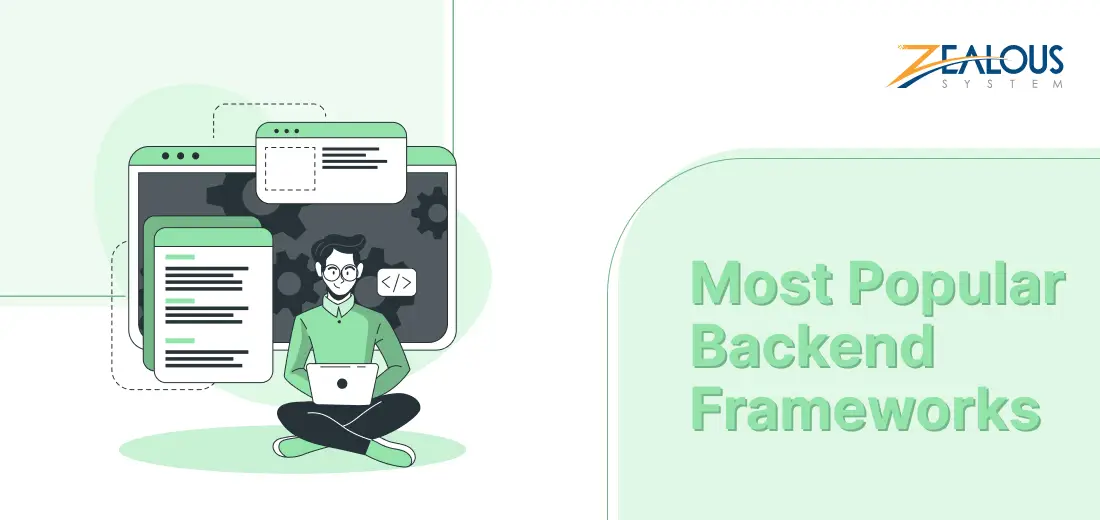
Backend frameworks are like base of a building robust and scalable web applications, managing server-side operations and take care of database. Picking the right backend framework can really boost performance and productivity of your dynamic web applications. Let’s look at some of the best backend frameworks to help you choose the one that’s right for you.
Businesses have had a lot of problems and big changes in the last few years, and it’s not going to get easier in 2024. New trends keep popping up, and companies have to handle the consequences of the global pandemic.
In such times you must wonder what the most crucial aspect of your business that will help you to stay ahead is! Right? Most of you will consider and look into accelerated digital transformation, inflation and supply chain security, sustainability, immersive customer experience, and so on! But what is the main ingredient for the business to excel and stay ahead?
Of course, businesses need a quality web application to succeed, and that’s where back-end development comes in! It handles the business logic and makes sure the front-end development is well-connected and delivered, keeping in mind the goals and vision of each project. Back-end web frameworks are super important tools for developers nowadays.
In this article, we’ll explore the leading seven backend frameworks for 2024, delving into their use cases and strengths to assist you in making an informed decision.
As you know, the demand to hire back-end developers is at an all-time high. According to the US Bureau of Labor Statistics (BLS), web developer positions are expected to grow by 23 percent between 2021 and 2031.
The back-end framework serves as the backbone of web application development, handling server-side operations, database interactions, and overall functionality that users don’t directly see but crucially depend on.
The choice of a backend framework profoundly influences the efficiency, scalability, and overall success of your web application.
So, before exploring the top back-end frameworks to choose from, let’s understand
What are Back-End Frameworks?
Back-end frameworks are sets of pre-built tools, libraries, and guidelines that developers use to create the server-side of a web application. The back-end is the part of the application that users don’t see; it manages the behind-the-scenes operations, such as handling data, processing requests, and interacting with databases.
These frameworks provide a structured way to build and organize the server-side code, making development more efficient and scalable. They often include features like authentication, data validation, and routing, saving developers from having to build these components from scratch.
Using a back-end framework streamlines the development process, reduces the chances of errors, and enhances the overall performance and security of web applications. Popular back-end frameworks include Django for Python, Ruby on Rails for Ruby, Express.js for JavaScript (Node.js), and Laravel for PHP. Choosing the right back-end framework depends on the programming language and specific requirements of the project.
Some may think this is how work happens when you hire backend developers, but that’s not the case!
What are the Benefits of Using a Backend Framework?
Using a back-end framework in web development offers numerous benefits, streamlining the development process and enhancing the overall quality of applications.
1. Security:
Backend framework provides security in many ways. It helps protect the quality of the application you’re building by preventing external attacks, issues like crashes and slowness, and other negative factors.
2. Scalability:
Frameworks are like handy tools that can adapt to different needs. Let’s say you pick the right backend framework for your project. You can stick with it as you build your web application, starting from simple stuff and going all the way to the more advanced things.
3. Integrations:
Backend frameworks simplify the integration of various components and third-party services into an application. They often provide libraries, APIs, and plugins for seamless application integration with databases, external APIs, payment gateways, and other services, saving time and effort in development.
4. Speed:
Backend frameworks make building web applications easier and quicker. They come with pre-made tools for things like directing traffic, talking to databases, and verifying users. Using these frameworks means less work for developers, so they can finish projects faster and get them out to users sooner.
5. Streamlined development:
Backend frameworks make sure that coding follows the best practices and design patterns. They encourage writing clean, easy-to-keep-up-with, and error-free code. This helps developers work together smoothly and makes it simpler to take care of the codebase over time.
Here Are The 7 Most Popular Backend Frameworks In 2024
1. Django
Django is a powerful backend framework for developing websites quickly using Python. It has lots of tools and features to help you build web applications fast. Django makes it easier to work with databases through its ORM (Object-Relational Mapping) layer, and it even comes with a built-in admin interface to manage your app’s data. Because it encourages good coding practices and reusing code, Django is widely used for creating advanced and feature-packed web applications.
Well-suited for handling large and intricate applications, this back-end framework supports scalability. This makes it a reliable choice as applications grow in complexity and user base.
Using Python’s clean and readable syntax, Django promotes a “Pythonic” development style. This not only enhances code clarity but also aligns with the principles of the Python programming language.
Benefits of Django:
- Django’s ability to reuse code makes it easier for developers to manage a growing number of visitors to the website.
- Websites built with Django are easy to optimize and make search engine friendly. Since it’s a popular framework, there’s a strong community ready to help anyone using it.
- Even though Django is not exactly a No Code framework, it is designed with No Code in mind and has some No Code capabilities. There are various packages that programmers can use without having to write any code.
- Django comes with built-in security features like protection against SQL injection, XSS attacks, password hashing, and more. This helps secure your web application from harmful hacker attacks.
2. Laravel
Laravel is a widely used tool for PHP coding. It has a simple way of writing code and comes with many strong features. The framework uses the Model View Controller (MVC) design to help organize and keep code in good shape. Laravel can do a lot of things like routing (directing web traffic), caching (storing data for quick access), authentication (verifying users), and managing databases. It also includes a useful feature called Eloquent that makes working with databases easier.
Laravel stands out for its expressive and elegant syntax, contributing to code readability and maintainability. This characteristic simplifies the learning curve for developers and enhances the overall development experience.
With a robust ecosystem of packages and extensions, Laravel framework facilitates rapid development. The availability of a diverse set of tools streamlines the development process, allowing Laravel developers to leverage pre-built components and focus on building specific features.
Laravel embraces modern features, including the Eloquent ORM for database interactions, the Blade templating engine for efficient template management, and Laravel Mix for simplified asset compilation. These features contribute to a contemporary development experience and enhance the performance of web applications.
Benefits of Django:
- It has many security features and uses special codes to make strong passwords, keeping things very safe.
- Laravel has tools like CSS and JS codes in addition to PHP.
- It’s really good at making large and Complex projects.
- Laravel has a simple way for different programs to talk to each other, like using the SwiftMailer Library.
3. Ruby on Rails
Ruby on Rails is a widely used backend framework that values following set patterns instead of constant setup, allowing developers to concentrate on creating the main parts of an application rather than doing the same routine tasks over and over. It’s a great option for making all kinds of web applications, whether they’re basic websites or intricate business applications.
Designed with a strong emphasis on optimizing developer productivity, Ruby on Rails provides a framework that minimizes repetitive tasks and promotes efficient coding practices. This focus on productivity is particularly beneficial for teams working on tight schedules.
Ruby on Rails follows a modular architecture, allowing applications to be organized into manageable components. This modular approach simplifies scalability and maintenance, making it easier to extend and enhance the application as it evolves.
Benefits of Ruby on Rails:
- Learning and using Ruby on Rails is simple. The code is easy to read and maintain.
- It’s very safe, with built-in features like password protection and CSRF security.
- Ruby on Rails is free to use and has a flexible license, so developers can contribute and use it freely.
- There are also many additional libraries available to add features easily.
4. ASP.NET Core
Developed by Microsoft, ASP. NET Core offers a cross-platform, open-source solution for developing robust web applications. ASP. NET Core allows developers to build high-performance web applications for Windows, Linux, and macOS, among other platforms. Its compatibility with Azure cloud services and various libraries makes it a great option for developers.
Built with a modular and lightweight architecture, ASP.NET Core development services offers improved performance and scalability. This modular design allows developers to selectively include only the components needed for a particular application, reducing overhead and enhancing efficiency.
ASP.NET Core seamlessly integrates with Visual Studio, a widely used integrated development environment (IDE). This application integration enhances the development experience by providing tools, debugging capabilities, and a familiar environment for developers. It streamlines the coding and testing processes, contributing to efficient development workflows.
Benefits of ASP.NET Core:
- ASP.NET Core is designed to offer high performance with features like asynchronous programming, native code compilation, and a lightweight modular architecture.
- ASP.NET Core allows developers to add custom functionality through middleware components, making it highly flexible and extensible.
- ASP.NET Core has outstanding documentation and a large community that offers support and resources for developers.
5. Express.js
Express is a tool in Node.js that helps create the backend of websites and apps. It’s part of the MEAN stack, working with Angular JS for the front end and NoSQL databases. People consider it one of the best frameworks for building online applications.
It provides robust middleware support, allowing developers to extend and customize functionality seamlessly. Middleware functions can be integrated into the request-response cycle, enhancing the framework’s adaptability and facilitating the incorporation of additional features.
Benefits of Express.js:
- Express.js keeps things simple by giving you just what you need to make web applications and APIs without any extra stuff.
- Express.js is famous for being really fast and efficient because it uses non-blocking, event-driven architecture of Node.js framework, allowing it to make super quick applications.
- Express.js can do a lot of extra stuff because of third-party middleware and plugins available.
- Express.js has a large and active community of programmers who are ready to help and share lots of useful stuff with you.
6. Spring Boot
Spring Boot is a popular open-source framework for building Java-based applications. It simplifies the process of creating stand-alone, production-grade applications by providing a pre-configured setup for various components and libraries commonly used in enterprise applications.
Benefits of Spring Boot:
- Spring Boot makes it simple to begin a new project with minimal setup and configuration.
- It follows good practices by default, reducing the need for developers to make many decisions.
- Spring Boot is ideal for building microservices-based applications, allowing you to create independent and scalable components.
- It provides built-in monitoring, metrics, and health checks for your applications out of the box, allowing you to easily monitor and manage your Spring Boot applications in production.
- It seamlessly integrates with other Spring projects and third-party libraries, enabling you to leverage the full power of the Spring ecosystem in your applications.
7. CodeIgniter
CodeIgniter is recognized for its small footprint and minimalistic design. Its lightweight nature contributes to quick response times and efficient performance, making it suitable for projects where resource optimization is a priority.
With a low learning curve, CodeIgniter is accessible to developers, including those new to the framework. Its simplicity and straightforward design enable CodeIgniter developers to quickly grasp the essentials, facilitating a smooth onboarding process for new team members.
CodeIgniter excels in fast execution, making it well-suited for projects hosted in shared environments. The framework’s efficient runtime performance ensures that applications built with CodeIgniter can deliver speedy responses, enhancing the user experience.
Benefits of CodeIgniter:
- CodeIgniter is known for its simplicity, making it easy for developers to learn and use. It has clear documentation and a straightforward structure.
- CodeIgniter is a lightweight framework, meaning it doesn’t require a lot of resources. This makes it faster and suitable for developing applications that need high performance.
- The framework is optimized for speed and performance. It provides a good balance between features and speed, making it efficient for various web development projects.
- CodeIgniter follows the Model-View-Controller (MVC) architecture, which helps in organizing code in a systematic way.
- The framework comes with built-in security features, such as encryption and data validation, which helps developers in creating more secure applications.
Conclusion
As a web application development company, the careful selection of a backend framework becomes a cornerstone of delivering exceptional services to our clients at Zealous. The ability to choose a framework that aligns with project requirements, scales seamlessly, and ensures maintainability is crucial for meeting client expectations and staying ahead in a competitive market.
As we enter 2024, the significance of backend frameworks in shaping our daily digital experiences cannot be emphasized enough. These frameworks empower developers to create strong, scalable, and easy-to-maintain applications. Whether you’re an experienced web app developer or new to web development, choosing the right backend framework is a critical decision that greatly influences the success of your projects.
Now, it’s your turn: Which backend framework intrigues you the most, and what has been your experience using it? Please share your thoughts and experiences in the comments below. Your insights could assist fellow developers in making well-informed decisions on their framework journey.
We are here
Our team is always eager to know what you are looking for. Drop them a Hi!
Pranjal Mehta
Pranjal Mehta is the Managing Director of Zealous System, a leading software solutions provider. Having 10+ years of experience and clientele across the globe, he is always curious to stay ahead in the market by inculcating latest technologies and trends in Zealous.
Table of Contents
×



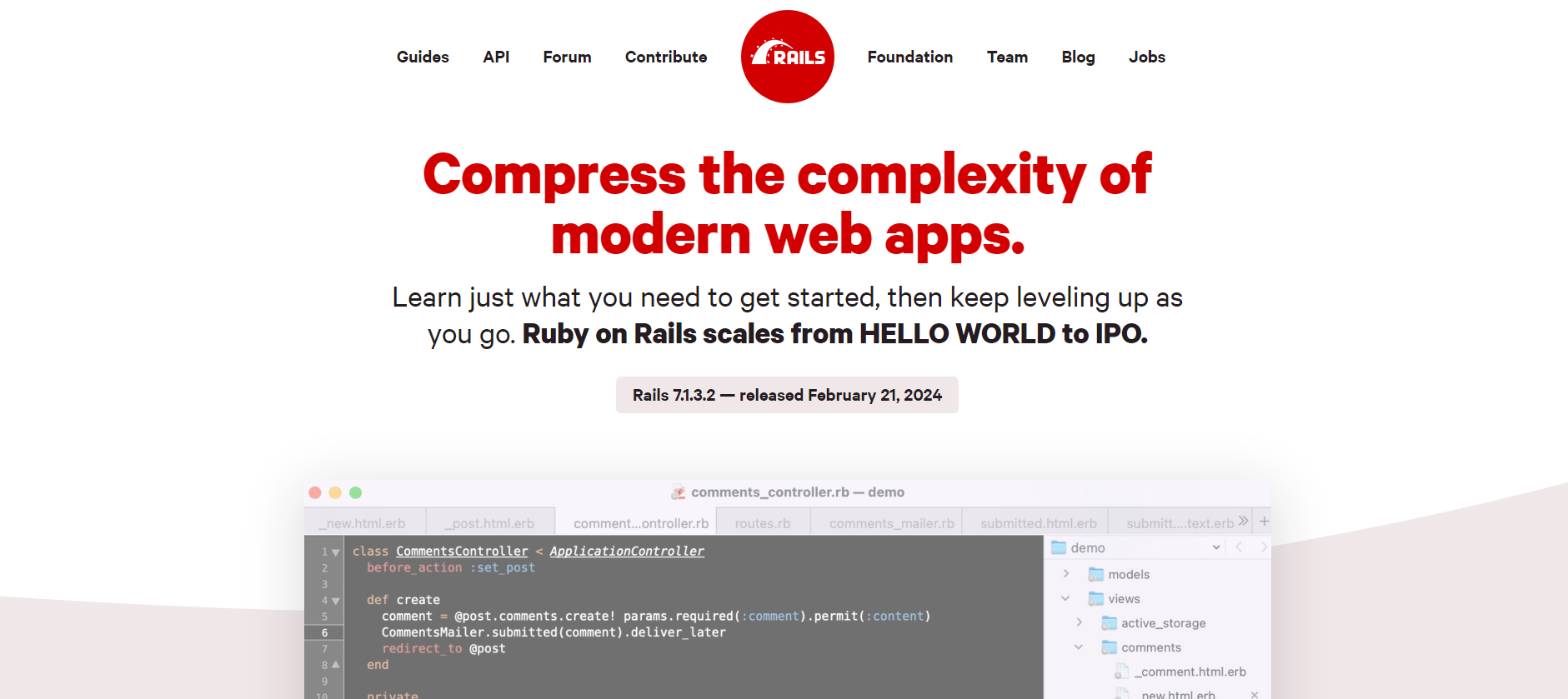
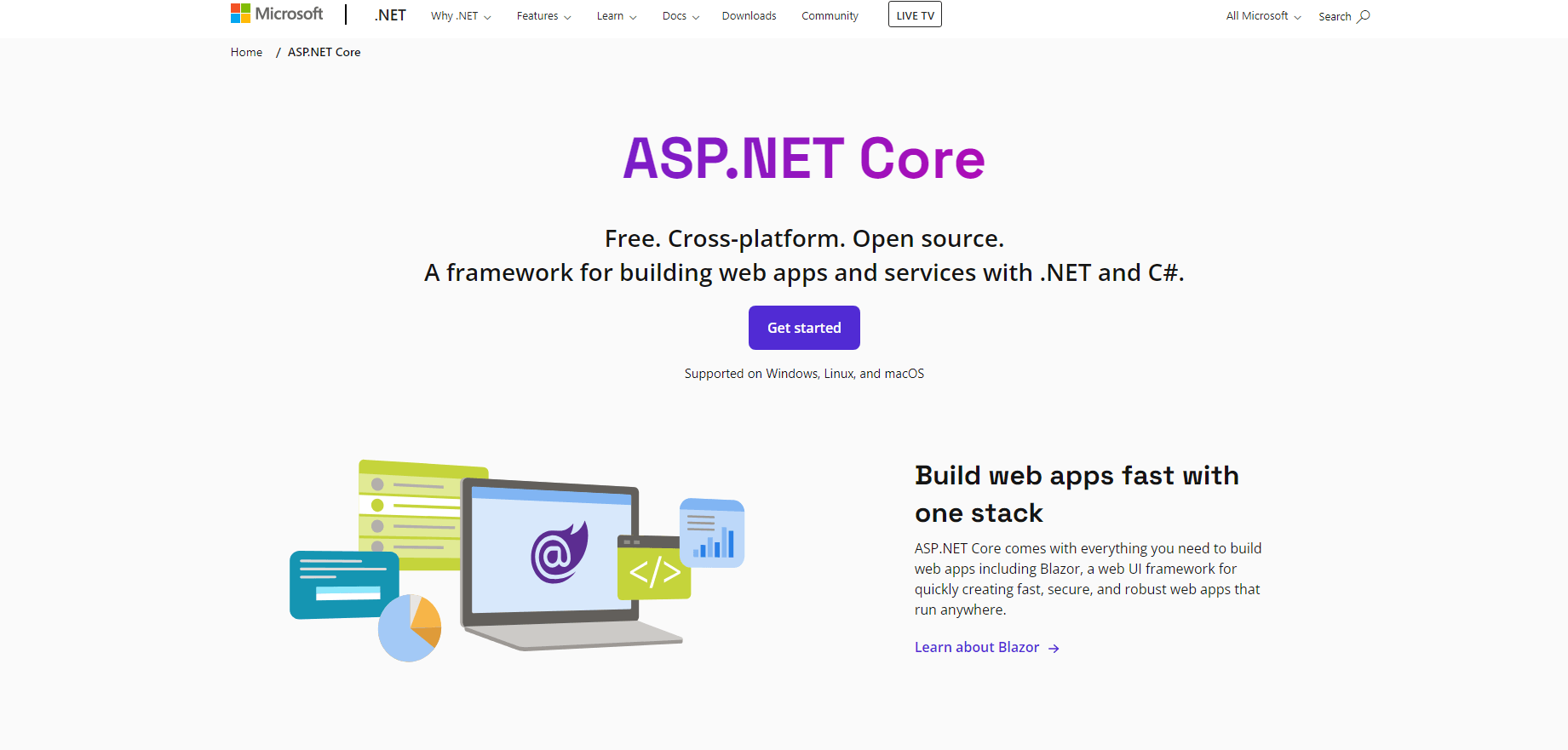
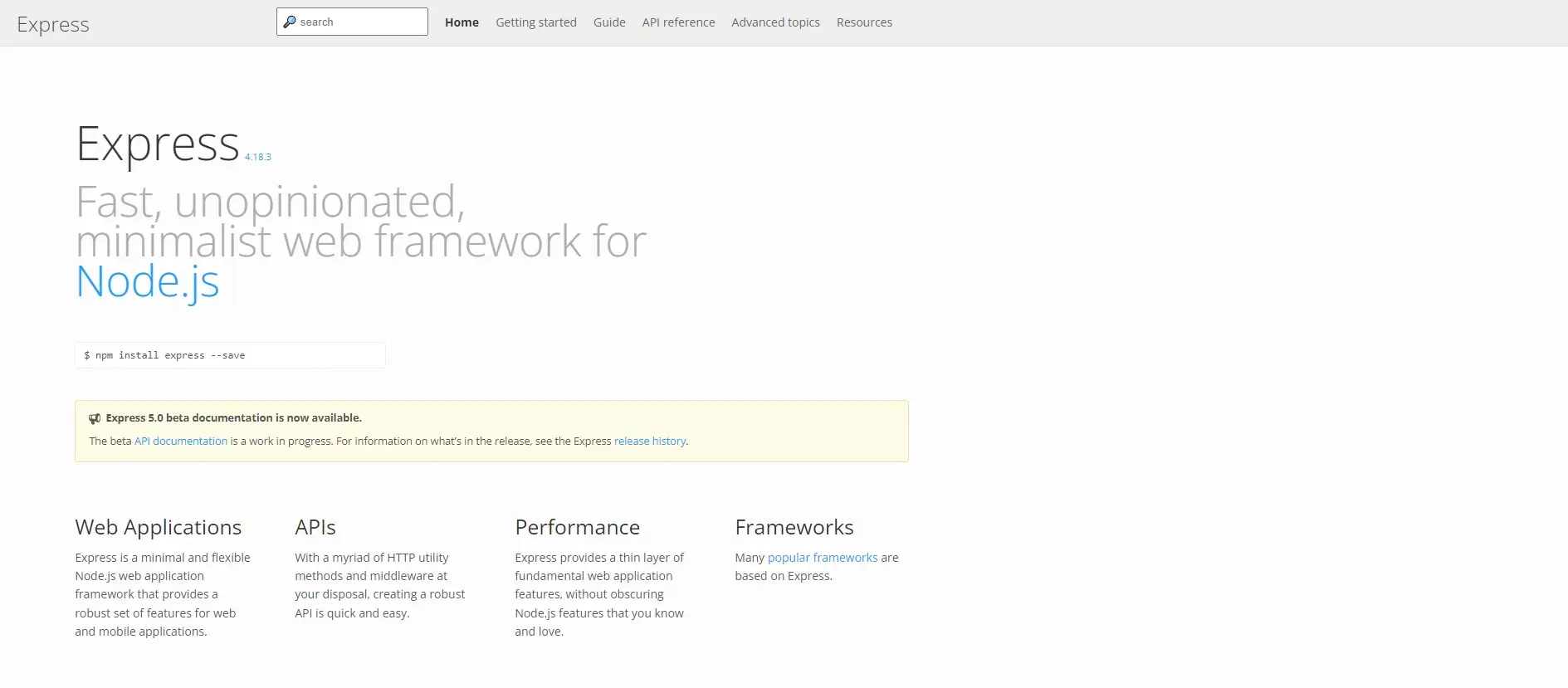
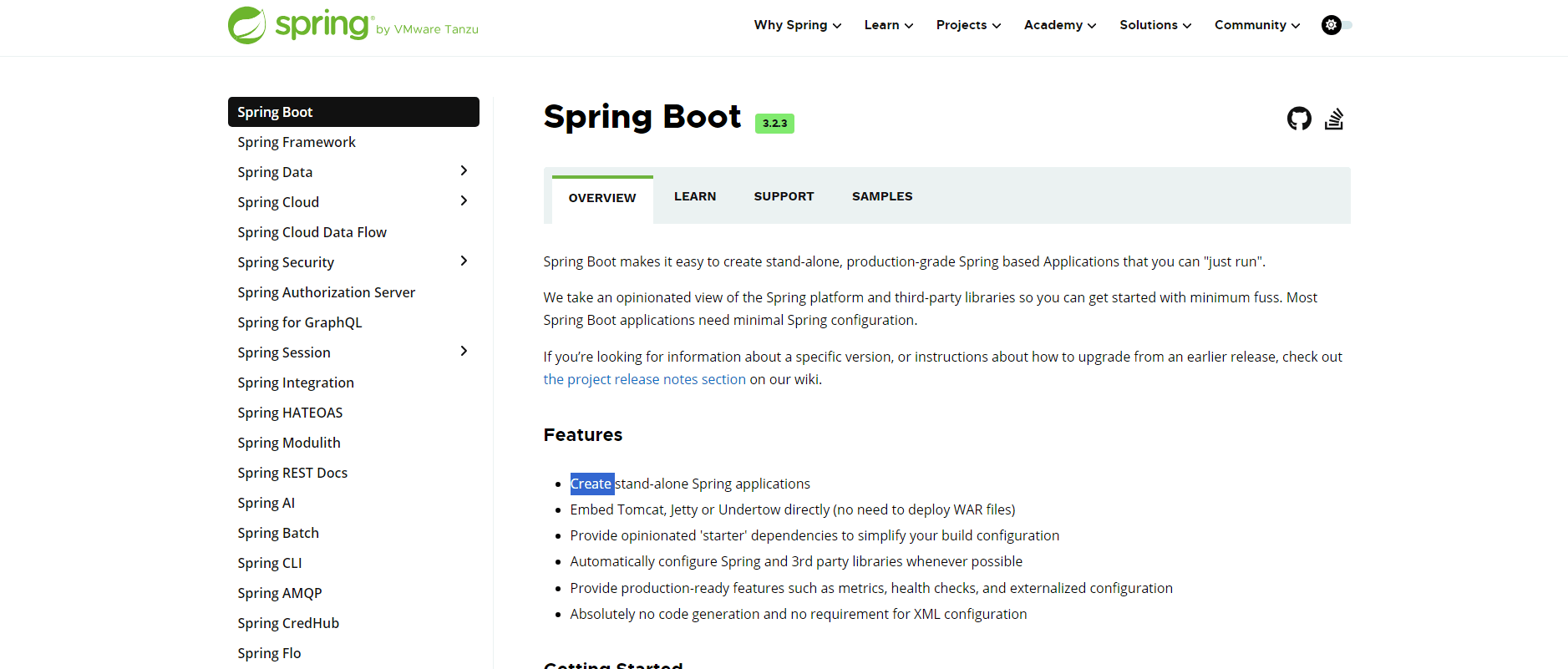
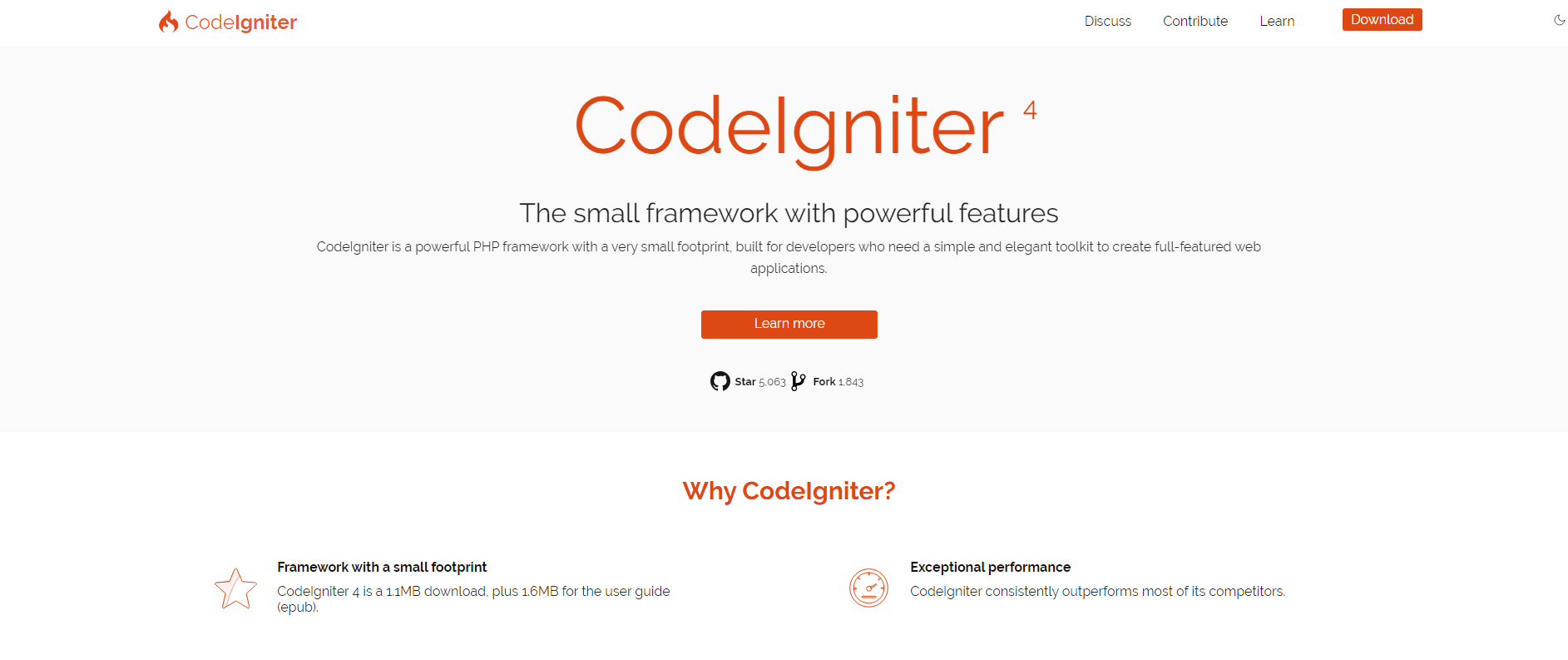
Comments